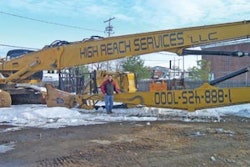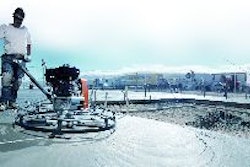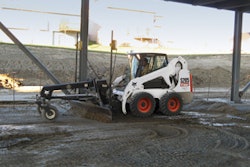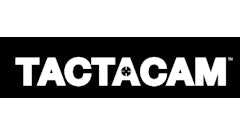
I remember once when I was a kid driving with my dad as he was speeding through rural Indiana, I asked him:
"Hey dad where are we?" and jokingly he replied. "I don't know where we are going, but we sure are making great time."
Have you heard a similar story?
I tell this story in our consulting practice because so many construction companies go full speed ahead but don't know where they are going. Back in the days when my dad was driving, we used maps to get around. Old technology. Today we use GPS. GPS is faster and lets you know where you are and guides you specifically to your destination.
Today we recommend you use technology to know where your business is at. Accounting packages let you know your financial status in real time. Technology can assist you in all phases of your business.
Technology can also help you analyze your business, price and track jobs, and collect information on prospects and clients. Many companies are in the process of going paperless and this adds to the speed and ease of accessing gobs of information. We know these tools produce valuable information.
When we combine understanding "the numbers" with good old-fashion, strategic thinking you can increase your business results dramatically. Unfortunately, they alone cannot guide you to success.
The problem is that most owners and managers spend the majority of their time doing the day-to-day tactical chores the business demands. Combine this with unexpected crisis management and this does not allow you much time for figuring out where your business is at, and where you want it to go.
In today's economy, so many owners are consumed with sales numbers rather than gross profits. Some of you even squander time wrenching on equipment or fiddling with things that do not have anything to do with strategy and derive little long-term results.
If it applies to you, you must change this behavior. As I have pleaded with readers in the past when addressing the subject of URGENCY, you must focus the vast majority of your time on tasks and events that are essential to your success.
I encourage you to spend time understanding what markets will produce the best results for your company. Are you looking at what your competition is doing and how it affects your company? Are you advertising and branding properly? Many companies out there are experiencing difficult times. Business has either slowed dramatically or prospects and clients are focusing on the lowest price. Maybe both are true for you. In any event, if you have not been planning your future it is not too late to start.
Strategy starts with understanding what you are really good at. You also identify what needs improvement and what your vulnerabilities are. This is accomplished with a tool called SWOT analysis.
Some of you may have heard of it. It stands for Strengths, Weaknesses, Opportunities and Threats. This is a process where you get brutally honest and challenge your responses with assumption questions to figure out the reality of for each category.
We use this information to create or clarify your vision, which partially consists of your long-term goals. You then form your mission(s) statements which are your "marching orders" on how you are going to accomplish obtaining your vision. Your mission is a direct link to your vision. Mission can change over short periods of time (year-to-year) however; vision stays intact for longer durations. Some companies create long-term visions that may never be totally fulfilled.
You take this information and segment your markets, so you can spend the majority of time in arenas where you can win more often against the competition. This is done through conducting a competitive analysis and market segmentation charting. We use the term silos to identify these specific markets.
Sometimes your strategy will even create something we call "Blue Ocean". Blue Ocean is essentially creating market(s) or products that do not currently exist. Therefore, you have no immediate competition.
Think about it. Look at all the new things around us that we take for granted. Fax technology became feasible in the 1970's. In the 1980's fax machines were very popular and a business necessity. Today they are becoming obsolete to scanning and e-mailing. What future technology will replace e-mail?
Strategy has been around for a long time. Forty years ago the U.S. auto manufacturers used similar techniques called long range planning, only these plans were not flexible.
You use your SWOT and other analytics and relevant information to create a few action plans that capitalize on your overall most important "critical success factors".
How do you eat an elephant? One bite at a time! Often thinking about tasks the size of strategy can feel overwhelming. The tasks you identify in the strategy process also can appear too large to conquer. Action plans help break these large projects into smaller tasks that can be delegated and assigned deadlines.
While this may seem like a long and complicated process, it really doesn't have to be. If you dedicate two full days in a row, you can accomplish much of the basics. Once you have a foundation, it is a matter of continuing the process to calibrate your plans, since the construction world around us is ever changing.
If you think you don't have the time to start a strategic plan. I have to ask you one question: Can you afford not conduct a strategic plan? Once you launch it won't be long before you can see visible results.




















